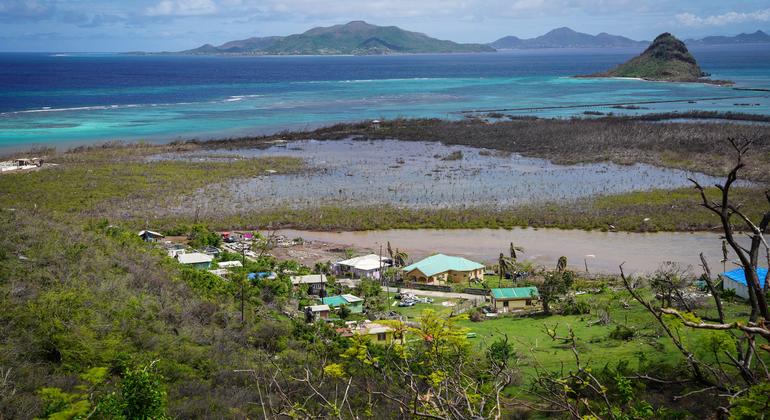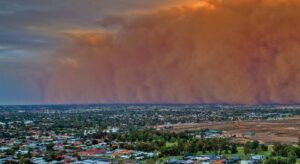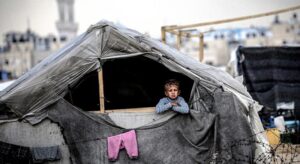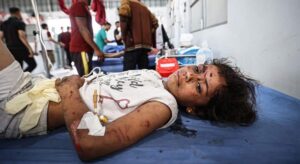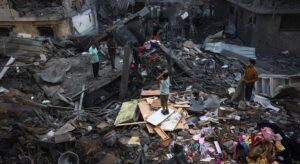As the sun sets on the horizon of the Caribbean, the mangrove ecosystems of Union Island display a heartbreaking scene due to the devastating effects of climate change. The recent Hurricane Beryl, classified as a category five, has severely impacted the region, causing the displacement of thousands of people and leaving several communities in a critical state. Union Island, home to the largest mangrove ecosystem in the Grenadines, has been particularly hard hit; it is estimated that 90% of these crucial coastal forests have been damaged.
Kristy Shortte, a dedicated activist in ecosystem restoration through the organization Sustainable Grenadines Inc., emphasizes the relevance of mangroves as shelters for marine life and as natural barriers against storms and coastal erosion. “Climate change is a reality. The effects are real. We need to act as soon as possible and implement structures to develop codes and storm preparedness,” Shortte asserts.
The devastation of six hectares of mangroves not only represents an environmental tragedy, but also puts at risk the biodiversity that inhabits these forests, which host more than 25 species of birds and green sea turtles endangered. The rapid intensification of Hurricane Beryl, which went from a tropical depression to a hurricane in just 42 hours, reflects the influence of high ocean temperatures on the generation of extreme weather phenomena.
Pablo Escribano, Regional Officer for Migration, Environment and Climate Change at IOM, emphasizes that Beryl shows how climate change is increasing the frequency and severity of natural disasters, which requires urgent attention. In the region, the effects of the hurricane spread, affecting the lives of farmers like Marcus Alexander in Grenada, who has lost his banana, coconut, and nutmeg crops. “It will take at least six months before we can be productive again,” he laments as he surveys his devastated land.
In Jamaica, Sheila Barnes is facing a similar situation, as she has lost half an acre of bell peppers and her 50 chickens. Climate uncertainty has led numerous farmers to demand stronger actions against climate change, expressing that their future depends on it. Throughout the Caribbean, where approximately 70% of the population lives in coastal areas, rising sea levels and worsening storms pose serious risks.
Extreme weather events, like Hurricane Beryl, continue to threaten livelihoods and infrastructure, exacerbating the economic challenges of the region. It is vital that the international community pay attention to the effects of climate change on these small islands, which often lack the necessary resources to face these challenges.
The last decade has seen multiple disasters in the Caribbean, with incalculable economic and human losses. Although Hurricane Beryl cannot be solely attributed to climate change, the correlation with high ocean temperatures and the intensification of storms is undeniable.
Hurricane Beryl serves as a reminder of what the future holds if decisive measures are not implemented in the fight against climate change. As communities work towards their recovery, they call for international assistance and a strong commitment to sustainable practices. The fight against climate change in the Caribbean is not just about survival; it involves building resilience and hope for future generations.
Source: MiMub in Spanish

